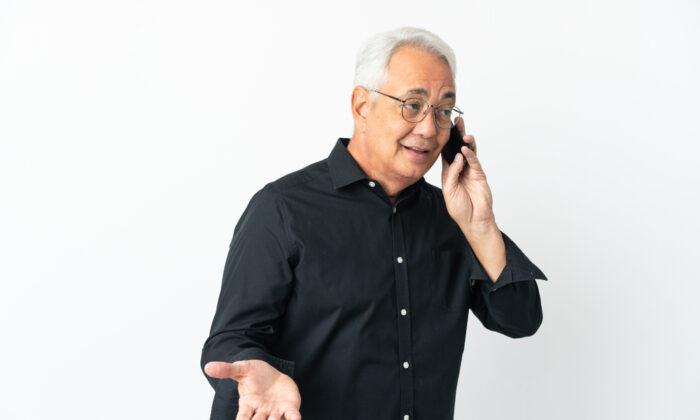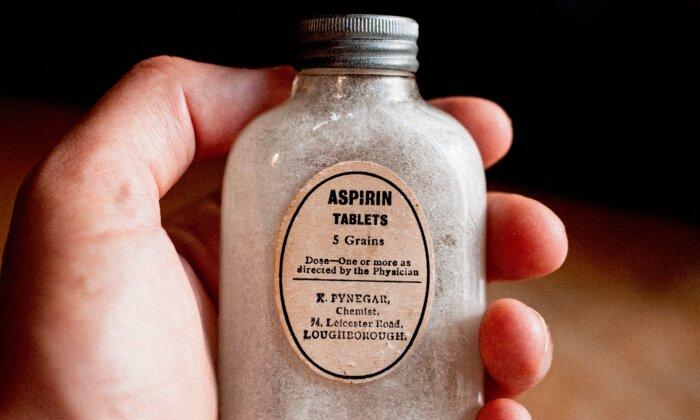Sharry Edwards, MEd, named Scientist of the Year in 2001 by The International Association of New Science for her work in BioAcoustic Biology, has been studying sound frequencies and diseases for years.
Using what she calls “Human BioAcoustics,” Edwards combines vocal profiling through voice spectral analysis with the use of low frequency analog sound to detect abnormalities. Frequencies contained in the voice are holographic representations of one’s state of health and wellness. The 10th cranial nerve provides a direct connection to the brain via the vocal cords. Every muscle, compound, and structure of the body has a frequency equivalent that can be mathematically calculated.
It is her belief that people with similar trauma, illnesses, syndromes, psychologies, diseases, toxins, etc., have similar, if not identical, vocal anomalies.
Edwards has found cancer-related frequencies to be involved with the body in several ways, including:
- Hormonal imbalance—the most common of these is the body’s inability to process nitrogen and hormones.
- Emotional based cancer—this type of cancer often shows “denial” as part of the vocal print.
- Toxicity—bioacoustically, toxicity can be traced to how an individual utilizes proteins.
- The Krebs cycle, particularly the role of NAD in the Krebs cycle—the biochemical cascade of niacin and the production of 5-HETE (considered a cancer “food”) can easily be seen in a voice print, the graphic representation of the voice.
Also in Edwards’ research, EVERY case of cancer was found to have the frequencies of Vitamin A/ACTH and Catalase in stress.
Disturbances in one’s vocal print (the graphic representation of an electronic recording of a person’s voice) not only make it possible to detect cancer and other abnormalities, but to also target the proper frequencies needed to bring the body back into homeostasis.
You may also try out the NanoVoice™ — a micro-version of their professional NanoVoice Personality Profiler™ which uses frequency-based biomarkers within the frequencies of your voice. Simply visit The Sound Health Public WorkStation, otherwise known as “The Portal” at
https://soundhealthportal.com/nanoVoice/index.html.
PC users will need a microphone. Mobile users can use the built-in mic on their phone. You will find the complete instructions at https://soundhealthoptions.com/product/nanovoice/.
Busting Up Tumors with Non-Invasive Ultrasound
Researchers at the University of Michigan are studying the effects of noninvasive ultrasound technology on tumors, and the results are highly promising. According to their preliminary results, tumors partially destroyed with ultrasound — sound waves with frequencies higher than humans can hear—did not recur nor did they metastasize in more than 80 percent of lab rats tested.This new treatment, called Histotripsy, is a noninvasive, painless process that forces ultrasound waves to mechanically destroy target tissue with astounding precision. The sound waves emitted cause microscopic bubbles within the tumor’s cells, which cause these cells to rupture and die. By destroying only 50 to 70 percent of liver tumors, the animals were able to clear away the rest of the cancerous tissue with their own immune systems.
The technique is currently being used in human liver cancer trials in Europe and the U.S.
High intensity focused ultrasound doesn’t pass through bone, so it is unsuitable for every kind of cancer. It is most promising for liver and prostate cancer and other isolated cancerous tumors, according to current research (Cancer Research UK).
References:
Rebecca Robbins, “The Sound of Your Voice May Diagnose Disease,” Scientific American (June 30, 2016)Clive Thompson, “Listening for Cancer,” New York Times (Dec 12, 2004).
University of Michigan, “Tumors partially destroyed with sound don’t come back,” ScienceDaily (April 18, 2022).
Tejaswi Worlikar, Man Zhang, Anutosh Ganguly, Timothy L. Hall, Jiaqi Shi, Lili Zhao, Fred T. Lee, Mishal Mendiratta-Lala, Clifford S. Cho, Zhen Xu, “Impact of Histotripsy on Development of Intrahepatic Metastases in a Rodent Liver Tumor Model,” Cancers (2022); 14 (7): 1612 DOI: 10.3390/cancers14071612.
James Templeton founded Uni Key Health Systems in 1992 and now the Templeton Wellness Foundation as a way of giving back and helping others achieve the health and wellness they are seeking.
This story was originally published on the Templeton Wellness Blog. 





